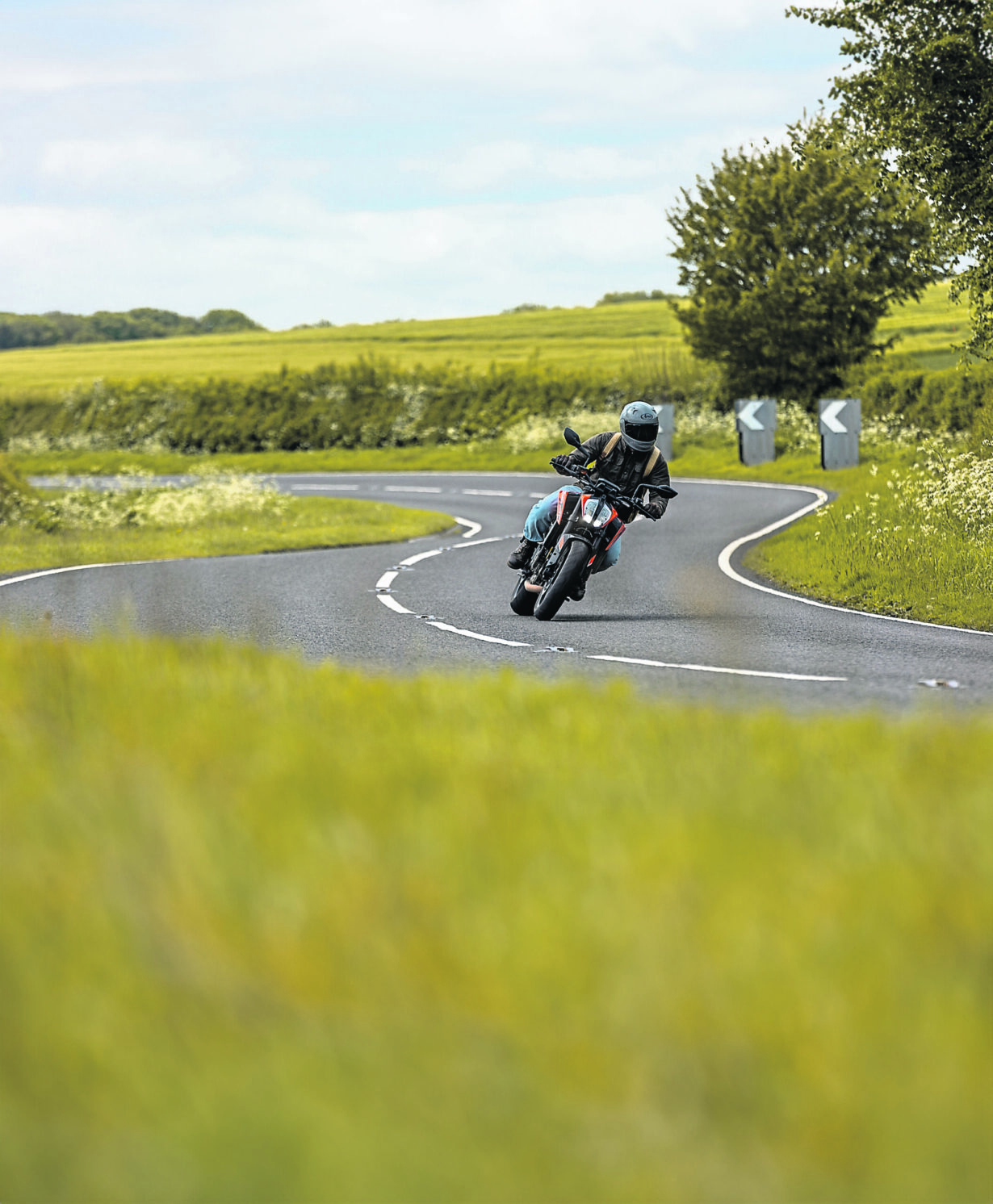There’s only one bit of kit you’re actually required by law to wear. A helmet. That why it’s so important you get it right when you’re splashing your hard-earned cash on one.
What rating do I need?
The all-important number is ECE 22.06. It’s okay to buy old stock carrying ECE 22.05 from bike shows, dealers, etc. But from 2024, 22.06 is the requirement for new helmets. 22.06 tests across 12 points of impact to the shell and added testing of rotational forces, which is a major cause of brain damage. If you’re looking to do track days (or even race) then the helmet must also have a proper ACU Gold sticker.

But why go for a full face?
A helmet is the one legally required bit of kit for bikers, and a full face gives you some of the best protection. The chin guard adds protection for your face/mouth/teeth, and the single-piece construction helps make it stronger.
Fair enough, so what should I be looking for?
The best helmet is the one that fits you. A £150 one that fits really well is better than a poor-fitting £700 item.
Once on, there should be an even pressure across your head. Any tight spots will feel worse and worse when riding. If your head can tip up and down or side-to-side inside the lid, it’s too large. Different manufacturers use different profiles; make sure that profile suits your head shape. Glasses wearers, make sure they slip into place easily and sit in the right place once on; some makers have cut-outs in the lining to help.
Anything else to look for?
There are a number of different styles: Race, Sport-Touring, Touring, Adventure to name just a few. Pick the one that best suits your riding, for example, riding upright for long distances? A race helmet (which is designed for the rider leaning over the bike with head pointing upward) isn’t the best match.
Now you’ve got the right style and fit, the other big considerations are airflow and noise. These two go hand-in-hand. In theory the better the airflow, the noisier the helmet. But manufacturers have made huge developments in noise reduction in recent years. Again, style and intended use are major – a race lid is designed with aerodynamics in mind. By contrast, a touring lid is meant to be quieter.
Field of vision is vital. Back with a race helmet, it’s designed for use with the riding facing forward. A touring helmet is more concerned with a wider field as you’re more interested in what’s going on around you.
Any other useful things?
How does it fasten? Main fastening types are double-D ring or micrometric ratchet. Double-D has the advantage of always being tight enough (micrometric will need the strap checking to make sure it hasn’t loosened); the flip side is the micrometric is easier to operate with cold/gloves on. There are quick-release straps (like a seat belt) and Ruroc’s ‘Fidlock’ magnetic system.
Not essential but useful: sun visors and Pinlock. Pinlock prevents the visor from misting up. An integral sun visor means, at the nudge of a dial/slide of a slider, you can protect your eyes, but flip it out of the way entering a tunnel.


